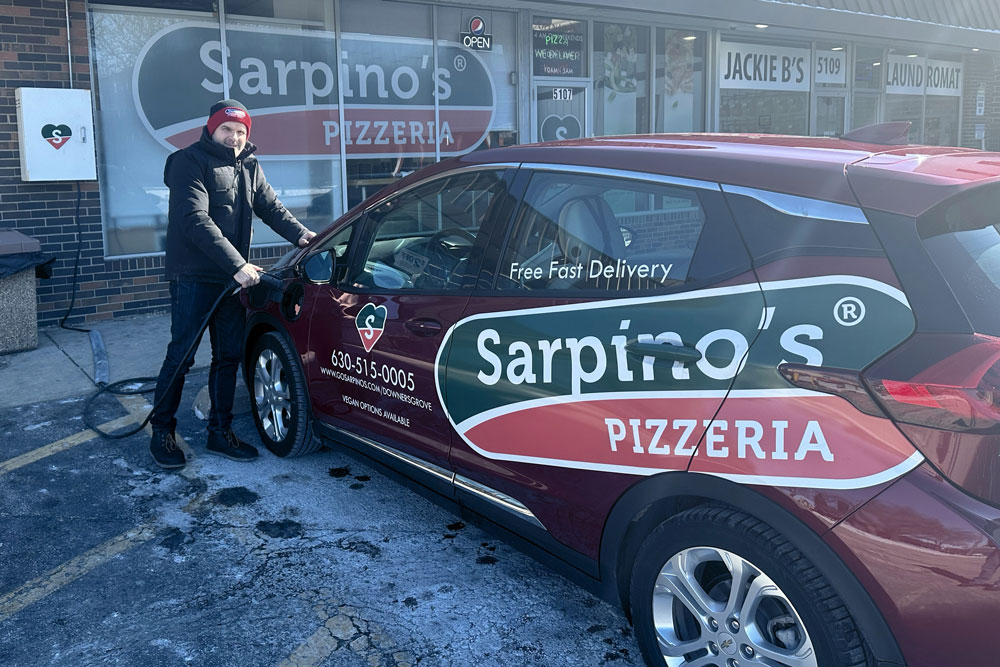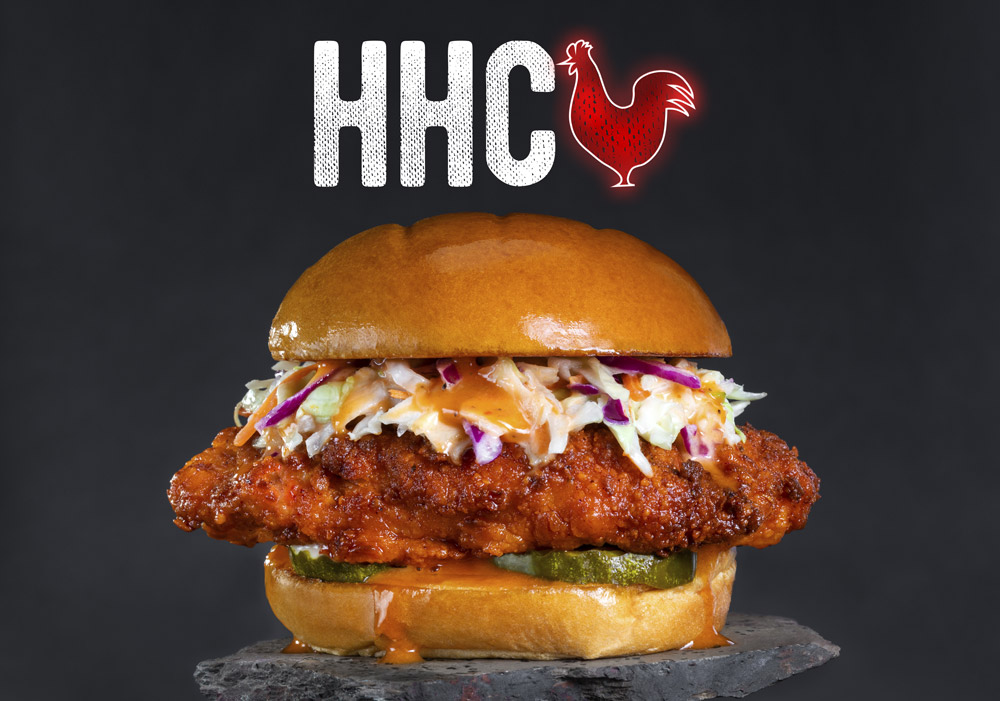If you want to increase retention and expand diversity in the restaurant business in 2023 – especially in leadership, on boards and with founders of growing brands – start with education.
The restaurant industry has an information problem. Historically, most restaurant education is limited to on-the-job (OTJ) training, which presents numerous challenges.
Increase retention and expand diversity through employee education
By Lauren Fernandez
If you want to increase retention and expand diversity in the restaurant business in 2023 – especially in leadership, on boards and with founders of growing brands – start with education.
The restaurant industry has an information problem. Historically, most restaurant education is limited to on-the-job (OTJ) training, which presents numerous challenges.
Traditional restaurant OTJ training is fraught with issues such as a lack of budget, lack of time and no quality control standardization. Accessibility is also an issue: often we see that with OTJ training there is no way to accommodate different learning styles and languages, alienating non-English-speaking employees. A lack of training stems from many problems, such as categorically high turnover rates, high levels of attrition and a general lack of leadership training that plagues our industry.
I’m a Latina and a first-generation American, and my parents saw education as a means for me and my siblings to better our lives. They worked hard to make sure we received the best education in order to create more opportunities than they had.
While I followed a traditional educational path in law and business, my OTJ training operating our restaurants was undoubtedly the most impactful. Experience in the field as an operator taught me more about the restaurant industry than my previous education could, and it closed the information gap on what it takes to be a leader in our industry. But both my educations together – in graduate schools and on-the-job – have equipped me with a unique lens, and it informs my call to action: we as restaurant leaders can leverage education to overcome barriers and as a tool for growth.
When we champion education, we mean restaurant-specific training with a focus on operational excellence, profit and loss management, leadership development and more. Investing in people and their personal and professional development contributes to a culture where people are valued, and ultimately develops stronger leaders that will make the industry a better place to work. We must proactively nurture the next generation of restaurant workers who will see the industry as a long-term career rather than a temporary job.
And this isn’t as hard of a lift as you would think. While I was an operator, I hosted quarterly management team meetings where we not only focused on results and celebrated wins, but we focused on new leanings and sharing best practices. I taught high-level strategies like profit management, but we always-connected theory back to actual practice. These meetings created a collaborative and transparent environment where managers helped each other improve, and they were instrumental in improving the performance metrics of the group as a whole.
Restaurants nationwide employ nearly 12 million workers and account for 4% of the overall GDP in the United States. As an industry, we still suffer from very high turnover and attrition. Investing in education is one key to retention and building long-term, desirable careers in our industry. To address the challenges of turnover and retention, consider some of these additional ideas:
*Innovative incentive and rewards programs like matching payments on student loans. More than 43 million people in the U.S. owe money toward student loans, and the average federal student loan debt balance is nearly $38,000. Offering a program to help reduce that debt can be a huge incentive to draw good employees and keep them. In fact, one study noted that 86% of people between the ages of 22 and 33 would commit to an employer for five years if offered a student loan repayment program. And, through 2025, employers can offer up to $5,250 in student loan repayment benefits without paying any tax thanks to the Consolidated Appropriations Act, which was signed into law in 2020 as part of pandemic relief efforts.
*Volunteer days for a food-related cause like a community food bank. Many studies have shown that offering some sort of volunteer program can boost productivity, increase employee engagement and improve hiring and retention rates. Ask your employees to select a cause, or find something that ties into what your restaurant offers – not only are you giving back to your larger community, you’re also showing your employees that you are doing something worthwhile outside your restaurant’s four walls.
*Encouraging participation. Support your employees to seek out opportunities to learn and engage in the industry. It can also encourage them to grow and thrive in their potential hospitality career. That can be through culinary schools and events, volunteer board opportunities or speaking on panels and at conferences.
*Sponsoring conference membership and attendance. Encourage employees to attend conferences or pay for memberships to restaurant- or culinary-related organizations. This will help create networking opportunities for them, and they will bring back information that could help your business grow, too.
*Teambuilding retreats/exercises. Consider building a program that promotes your company’s mission, vision and goals while also creating an atmosphere for support and encouragement.
With education as the cornerstone of your efforts to retain good employees, expect it to play an even larger role in the future as labor challenges continue. To that end, Full Course launched a new 501(c)(3) nonprofit foundation, Full Course Learning Center, to ensure education and support are accessible to all in our industry, from back of house to operators. You can find educational tools and resources, including more ideas about employee retention, at fullcourse.com/education.
When it comes to employee retention, new ideas and approaches will continue to evolve. By implementing some thoughtful ways to address these challenges, you can make sure that not only will you find good employees, but that they stay and grow with you and your business, too.
Lauren Fernandez is the Founder and CEO of Full Course (www.fullcourse.com ), a non-traditional restaurant investment group created for operators by operators that is changing the way new businesses grow their brands. The company partners with restaurants in the early stages of development to optimize existing operations develop strategies for sustainable growth and bring the right investors or franchise partners to the table. Fernandez is a restaurant industry veteran with two decades of experience. She previously served as general counsel and head of franchise administration for FOCUS Brands, a multi-brand restaurant company with more than 4,000 restaurants (including Carvel, Cinnabon and Moe’s Southwest Grill) in over 15 countries, and was co-founder, president and operating partner for multi-unit franchise developer Origin Development Group, acting as a strategic growth partner for brands such as Chicken Salad Chick. She also is a frequent speaker in the areas of organic business growth, licensing and franchise operations across the country.










